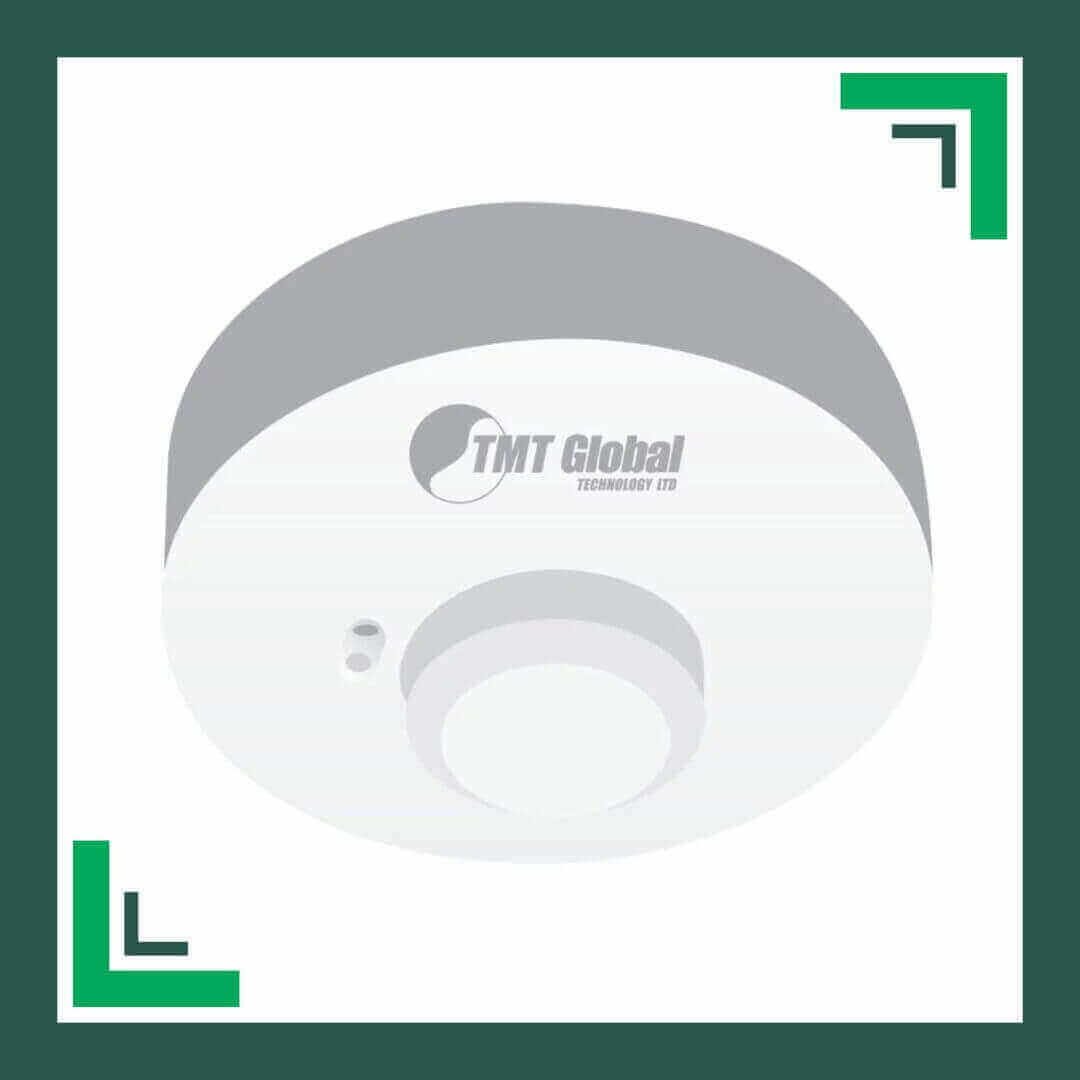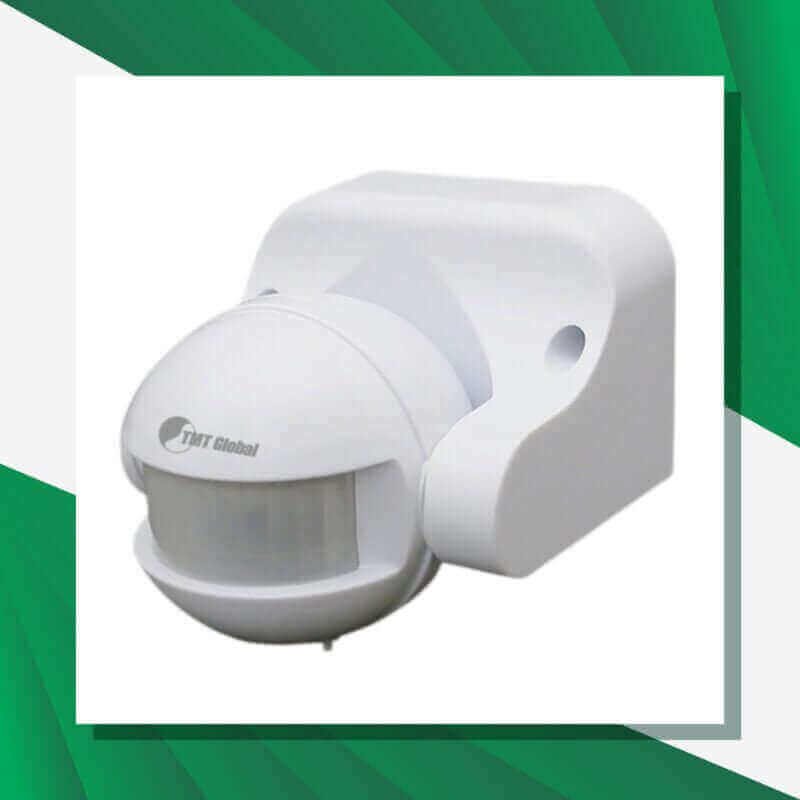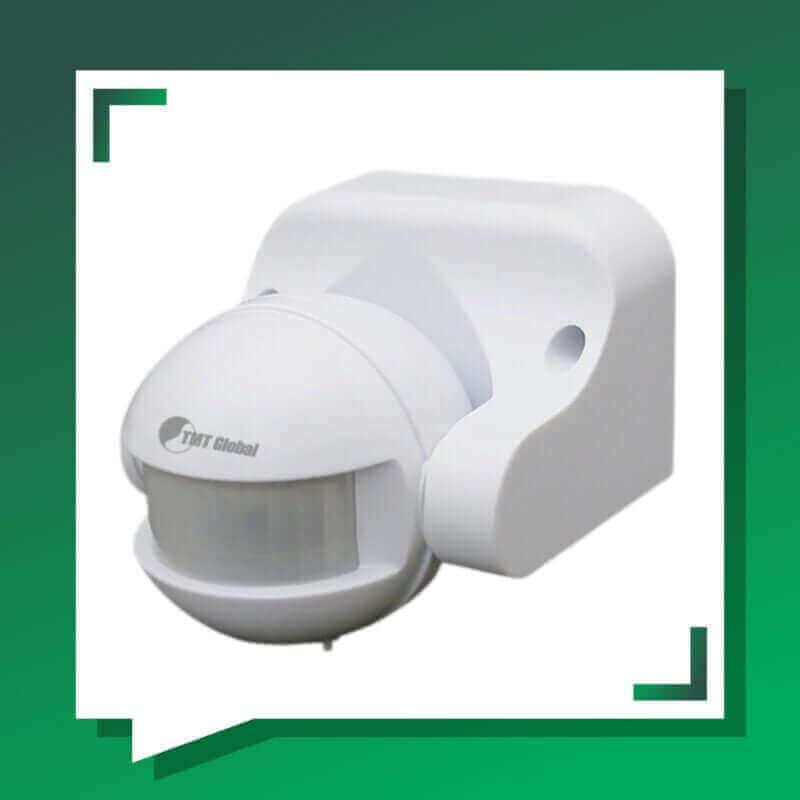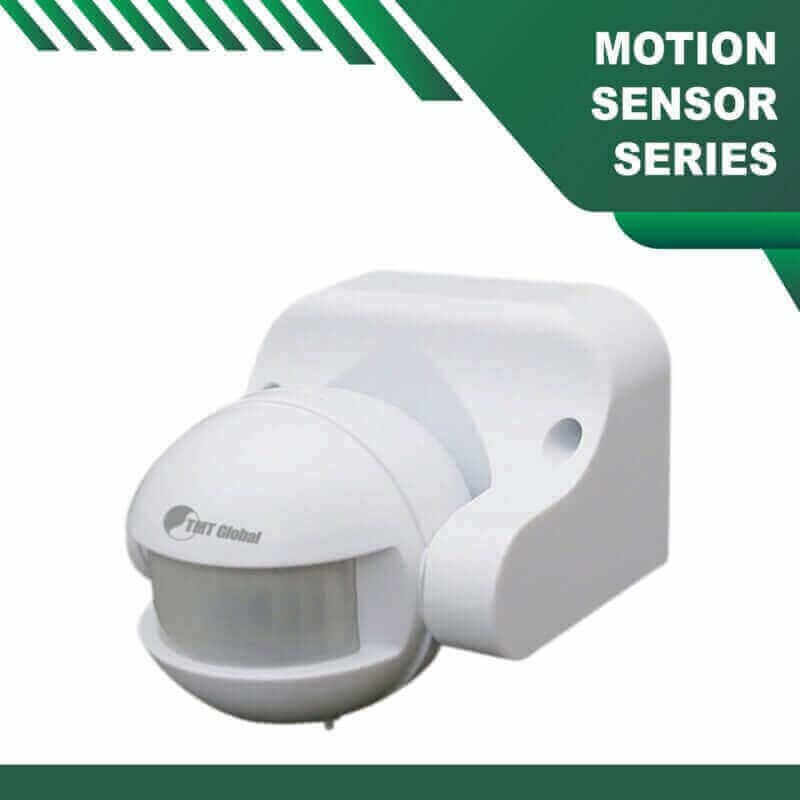Exploring the World of PIR Motion Sensors: Applications, Wiring, and More

Introduction to PIR Motion Sensors
Passive Infrared (PIR) motion sensors are a critical component in modern security systems, both residential and commercial. At their core, PIR sensors operate on the principle of detecting infrared radiation emitted by objects within their range. As humans and animals naturally emit heat in the form of infrared radiation, these sensors can accurately identify movement by sensing fluctuations in the heat signature of the surrounding environment.PIR Motion Sensors
The functioning of PIR sensors hinges on their ability to differentiate between the ambient temperature and the temperature of nearby objects. When an object, such as a person, moves into the sensor’s detection zone, the change in the infrared levels triggers the sensor. This unique feature allows PIR sensors to be highly effective in security applications, ensuring quick detection of unauthorized movements.



The history of motion sensing technology dates back to the early 1980s when the first PIR sensors were developed. Originally utilized in military applications to enhance security measures, these sensors quickly evolved and found their place in various fields. Today, they are widely adopted in alarm systems, automatic lighting solutions, and energy management systems, among others. Their growing prevalence can be attributed to their efficiency, reliability, and low false alarm rates, making them an attractive option for safeguarding both homes and commercial properties.
PIR sensors not only enhance security but also contribute to energy savings by facilitating automated lighting that activates only when motion is detected. As technology continues to develop, the integration of PIR motion sensors into smart home systems represents a significant advancement, providing users with greater control over their environment. Understanding the mechanisms and applications of PIR sensors paves the way for appreciating their crucial role in enhancing safety and energy efficiency.
Types of PIR Motion Sensors
PIR motion sensors are increasingly recognized for their versatility in diverse applications, ranging from residential security to commercial automation. These sensors can be categorized into several types, each having distinct features and ideal use cases. Wireless PIR motion sensors are a popular choice due to their ease of installation and flexibility. These devices do not require a wired connection, making them suitable for various locations, including both indoor and outdoor settings. Their battery-operated counterparts, battery-powered motion sensors, offer the added benefit of mobility while ensuring efficient energy consumption. They are particularly useful in areas where wiring may be impractical or unsightly.
Ceiling-mounted sensors stand out as another option, designed to cover wide areas typically found in commercial spaces. These sensors provide extensive coverage, making them ideal for offices, warehouses, and retail establishments. Their high placement on ceilings allows for detection of motion across large distances, thus enhancing the overall surveillance efficiency. Additionally, there is a notable differentiation between analog and digital PIR sensors. Analog sensors are simpler and often more cost-effective, functioning purely on the changes in infrared radiation. Conversely, digital PIR sensors are equipped with microprocessors that offer enhanced sensitivity and responsiveness. This technology allows for more advanced functionalities, including adjustable detection zones and varying response times, thereby catering to specific security requirements.
In summary, the different types of PIR motion sensors provide a myriad of options tailored for specific settings, whether it be residential homes, commercial buildings, or outdoor environments. Understanding these variations allows users to make informed decisions based on their unique needs and conditions, thereby optimizing security and automation systems across various applications.
Wiring a 12V PIR Motion Sensor: A Step-by-Step Guide
Wiring a 12V PIR motion sensor can be straightforward if you have the right tools and materials. To begin with, you will need a basic toolkit, consisting of wire strippers, a screwdriver, and electrical tape. Additionally, a multimeter can be beneficial for testing the connections. The materials required typically include a 12V power supply, the PIR motion sensor, and connecting wires.
Before starting the wiring process, ensure that you have thoroughly read the sensor’s instruction manual. This document will provide specific details about the sensor’s terminals. Generally, the sensor will have three primary terminals: VCC (power), GND (ground), and OUT (output). The first step involves connecting the VCC terminal to the positive terminal of the 12V power supply. It is crucial to ensure that the connection is secure, as poor connections can lead to malfunction.
Next, connect the GND terminal to the negative terminal of the power supply. Once these two terminals are connected, the motion sensor will have the necessary power to function. The OUT terminal, which outputs a signal when motion is detected, should be connected to whatever device you intend to control, such as a light fixture or an alarm system. Be sure to refer to the wiring diagram specific to your PIR sensor model for accurate connections.
When wiring the device, safety precautions are paramount. Always disconnect the power supply before making any connections to prevent electric shock. Furthermore, ensure that the wires are properly insulated and secured to avoid any short circuits. After completing the wiring, reconnect the power supply and test the sensor to confirm that it activates as expected. Proper wiring is critical for the efficient functioning of the PIR motion sensor, making adherence to these guidelines essential.
Installing PIR Motion Sensor Lights
PIR (Passive Infrared) motion sensor lights have gained popularity due to their efficiency and energy-saving capabilities. Installing these lights correctly is crucial to optimizing their performance, especially regarding placement and angle adjustments. The fundamental principle behind PIR motion sensors is their ability to detect changes in infrared radiation, a feature that can enhance both security and visibility around homes and properties.
When considering the installation of PIR motion sensor lights, it is essential to identify ideal locations. Popular spots include entrances, garages, driveways, and backyards. By targeting these areas, property owners can significantly improve safety while deterring potential intruders. For maximum efficiency, the sensors should be positioned at a height of 6 to 8 feet, ensuring they have a clear line of sight without obstructions such as trees or shrubs.
In addition to location selection, angle adjustment plays a crucial role in the effective functioning of PIR lights. These sensors have a specific field of view, and angling them correctly can reduce the likelihood of false triggers from pets or moving branches. A broad field of detection is typically preferred for exterior spaces, while a more focused field may be suited for entrances to prevent false alerts.
Moreover, integrating motion sensor lights with existing security systems can provide an added layer of protection. When paired with alarms or cameras, these devices can promptly alert homeowners to potential intrusions. This synergy enhances the overall effectiveness of the security strategy.
To install PIR motion sensor lights, it is advisable to follow a structured approach that includes turning off the power supply, securing the mounting brackets, wiring the light fixture, and finally affixing the light itself. After installation, adjusting the sensitivity settings is crucial to minimize nuisance activations while maintaining optimal performance.
In conclusion, proper installation of PIR motion sensor lights equips homeowners with an efficient, energy-saving tool for enhancing lighting and security. By following recommended practices for placement and setup, users can fully utilize the benefits these sensors offer.
Understanding the 180-Degree PIR Motion Sensor
A 180-degree PIR motion sensor is a specialized type of passive infrared sensor that boasts a broader field of view compared to standard models. The design of these sensors allows them to effectively detect motion over a wide area, making them particularly advantageous in various applications where expansive coverage is required. Unlike traditional PIR sensors with a narrower detection zone, the 180-degree variant can monitor larger spaces, significantly enhancing its utility in both residential and commercial settings.
One of the most notable features of the 180-degree PIR motion sensor is its ability to detect motion from a substantial distance, ensuring that it can capture any activity within its expansive range. This capability makes it ideal for monitoring large rooms, outdoor environments, and entry points, such as parking lots or driveways. In commercial settings, where security is paramount, these sensors are frequently deployed to provide a layer of surveillance that can prevent unauthorized access and trespassing.
When considering installation, it is essential to take into account the specific area’s layout and the sensor’s optimal positioning to maximize coverage. Factors such as potential obstacles, lighting conditions, and the required height for installation play crucial roles in determining the sensor’s effectiveness. Proper placement will facilitate an unobstructed line of sight and ensure that the sensor can respond accurately to movement. Additionally, users should consider the angle of detection, as misguided installations may leave blind spots that compromise the sensor’s performance.
In conclusion, the 180-degree PIR motion sensor represents a significant advancement for motion detection technology. Its wide field of vision and adaptability make it an excellent choice for various applications requiring comprehensive monitoring, ensuring safety and security in numerous environments.
Setting Up a Motion Sensor Alarm for Home Security
Motion sensors play a crucial role in enhancing home security systems, providing an effective means to detect unauthorized access. One of the most commonly utilized types of motion sensors is the Passive Infrared (PIR) sensor, which identifies changes in infrared radiation emitted by objects, particularly warm bodies. Configuring a motion sensor alarm system requires careful planning and execution to ensure optimal functionality and reliability.
The setup process typically begins with selecting the appropriate location for the PIR sensor. It is advisable to position the sensor in areas with a clear line of sight and minimal obstructions, such as walls or furniture. Common locations include entry points like doors and windows or high-traffic areas. Once located, the sensor can be easily mounted, usually at a height of around 7 to 10 feet, allowing it to cover a broader area effectively.
Integration of the motion sensor with the alarm system is the next step. Most modern alarm systems offer wireless connectivity options, allowing for simpler installation and more flexible configurations. It is essential to ensure that the PIR sensor is compatible with your alarm system. The connection between the sensor and the main control panel is pivotal, as it will trigger alerts when movement is detected.
Alarm sensitivity settings are also critical in minimizing false alarms. Each PIR sensor has adjustable sensitivity levels, which can be calibrated based on the anticipated activity in the area. This flexibility allows homeowners to tailor the alarm system to their specific needs, ensuring that it responds only to significant movement, such as an intruder, while ignoring harmless activity from pets or environmental disturbances.
By properly setting up a motion sensor alarm, homeowners can significantly enhance their security, ensuring peace of mind while protecting their property. The integration of PIR sensors into alarm systems highlights the technological advancements in home security, illustrating the importance of reliable detection methods in safeguarding residences.
The Role of Lighting Control Systems in Motion Sensors
PIR (Passive Infrared) motion sensors play a significant role within modern lighting control systems, enhancing both functionality and energy efficiency. These systems are designed to manage lighting levels based on occupancy, thereby reducing unnecessary energy consumption. PIR sensors detect infrared radiation emitted by objects, such as humans or animals, allowing them to signal lighting controllers to turn lights on or off based on presence, ensuring illumination only when needed.
There are several types of controllers that can be integrated with PIR motion sensors, one of which is Building Management Systems (BMS). BMS lighting control systems provide centralized management for various building operations, including lighting, HVAC, and security. When paired with PIR sensors, these systems not only improve energy efficiency but also streamline operational costs. Another popular type of controller is DALI (Digital Addressable Lighting Interface) systems. DALI lighting control allows for flexible and intelligent lighting management, enabling real-time adaptability based on the occupancy data obtained from PIR sensors.
The integration of PIR motion sensors with these advanced lighting control systems offers numerous advantages. One of the primary benefits is energy savings, as lights are activated only when movement is detected, and they can automatically adjust to varying occupancy levels throughout the day. Additionally, this adaptability means that the lighting system can respond quickly to changes, such as when a room becomes occupied or vacated, enhancing safety and comfort for occupants. Lastly, the fusion of PIR sensors with sophisticated lighting controls contributes to achieving significant reductions in energy costs, supporting both environmental sustainability and organizational savings.
Common Issues and Troubleshooting Tips
PIR motion sensors are widely used for security and automation purposes, but they can encounter a variety of issues that may affect their performance. One of the most common problems reported is false triggering, where the sensor detects motion in the absence of any actual movement. This can be caused by environmental factors such as moving branches, animals, or even fluctuating temperatures that interfere with the sensor’s infrared detection capabilities. To mitigate this, it is advisable to strategically position the sensor away from such disturbances and adjust the sensitivity settings accordingly, if available.
Another frequent issue is sensor misalignment. If a PIR motion sensor is improperly installed or tilted, it may not cover the desired detection area, leading to missed alerts or unnecessary alarms. Regularly checking the alignment and ensuring that the sensor faces the intended area can help maintain its effectiveness. Knowledge of the specific coverage angle and range of the sensor can also aid in selecting the optimal mounting position.
Maintenance plays a crucial role in ensuring the longevity and efficiency of PIR motion sensors. Regularly cleaning the sensor lens and housing can prevent debris from obstructing its field of view. Additionally, inspecting the wiring and connections for wear and tear can help identify potential issues early on. If the sensor operates on batteries, monitoring the battery life is essential; replacing old batteries promptly can prevent operational failures.
In summary, addressing common issues such as false triggering and misalignment is vital for optimal PIR motion sensor performance. Implementing preventative measures, such as strategic positioning and regular maintenance, can significantly enhance the functionality and lifespan of these devices. By being proactive, users can enjoy improved reliability and performance from their motion sensing systems.
Innovations and Future Prospects in Motion Sensor Technology
The recent advancements in Passive Infrared (PIR) motion sensor technology have initiated a revolution in various applications, particularly concerning smart homes and the Internet of Things (IoT). At the forefront of these innovations is the integration of artificial intelligence (AI) and machine learning algorithms, which enhances the capabilities of PIR sensors. These technologies enable the sensors to analyze environmental patterns, facilitating adaptive responses to specific conditions. For instance, AI-driven motion detectors can distinguish between human and animal movement, minimizing false alarms and improving security systems.
Moreover, the sensitivity and range of PIR motion sensors have seen significant enhancements. Manufacturers are developing sensors that can detect motion over a wider area and at greater distances, attributes essential for expansive environments such as warehouses and large residential spaces. The improved sensitivity allows the sensors to respond not just to significant movements but also to slight changes in heat signatures, making them highly effective in various scenarios.
As the integration of smart technologies continues to grow, PIR motion sensors are poised to play a crucial role in the automation of residential and commercial environments. These sensors can work seamlessly with smart lighting systems, adjusting the brightness based on occupancy, which contributes to energy efficiency and user convenience. Furthermore, the potential for PIR sensors to be integrated into home automation systems allows for tailored settings based on user preferences, demonstrating their versatility in smart home technology.
The importance of ongoing research cannot be overstated, particularly in fields such as light dimmer control and ambient technology. Continued innovations in PIR motion sensors, coupled with advancements in AI and IoT frameworks, hold promise for a future where these sensors not only enhance security and convenience but also significantly contribute to sustainable living practices. The exploration of these technologies is essential to unlocking their full potential and addressing emerging challenges in various spheres of life.
